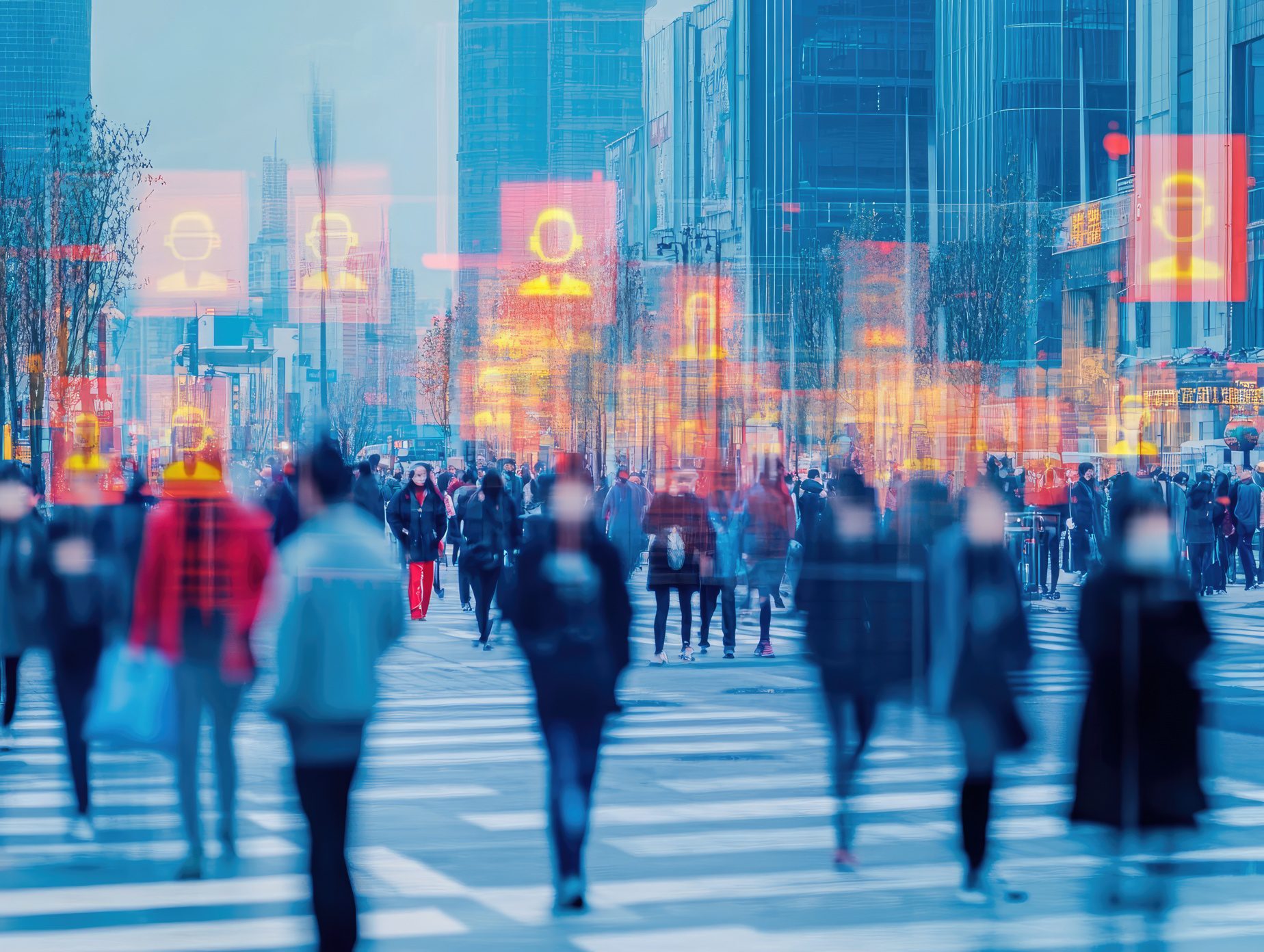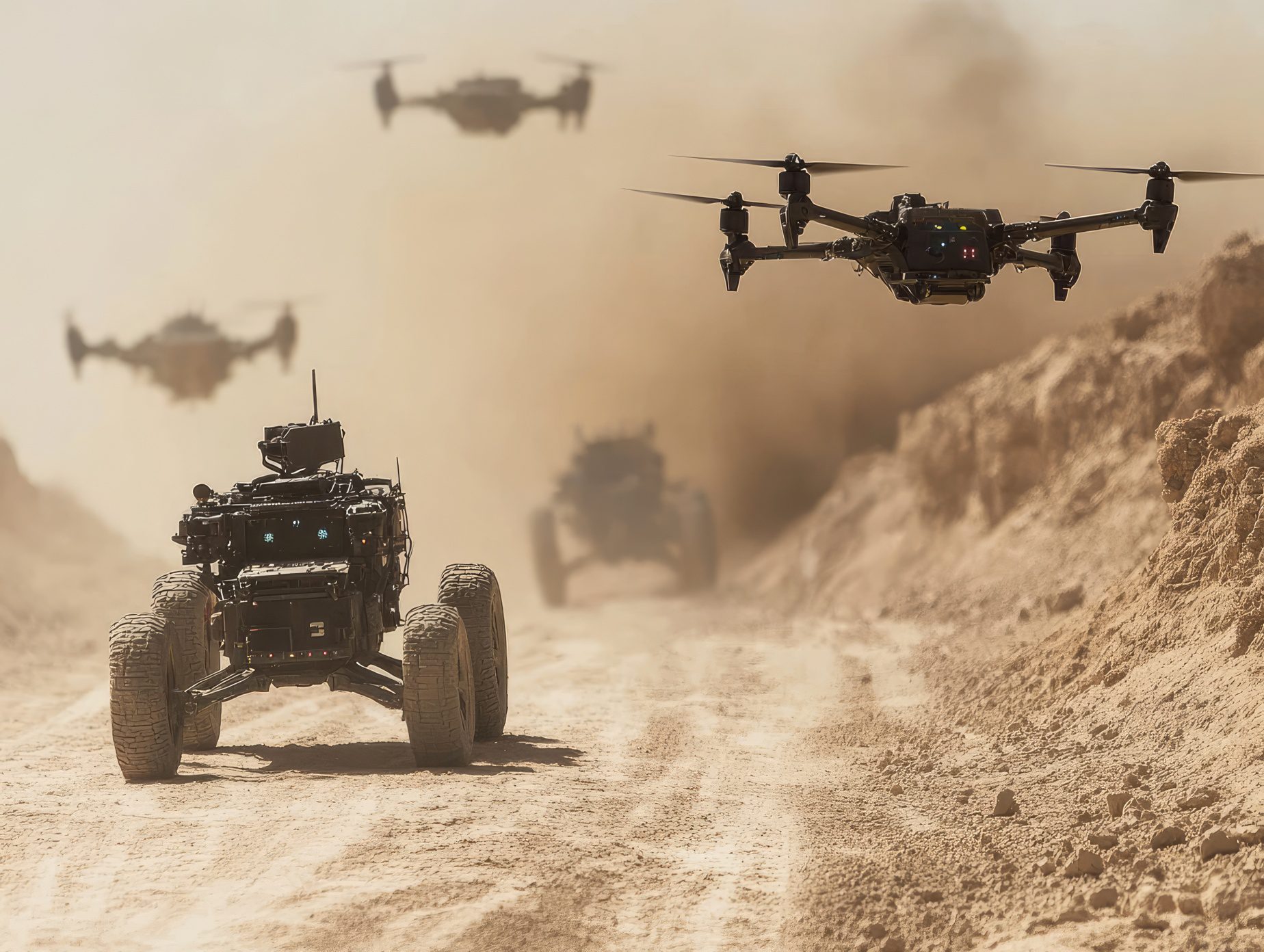The Rise of AI in Warfare and Surveillance
Artificial Intelligence (AI) has transformed nearly every aspect of modern society, from healthcare and finance to manufacturing and entertainment. However, while AI has been widely celebrated for its innovative and problem-solving capabilities, it also has a dark side—one that is being rapidly exploited by governments around the world.
Governments are increasingly using AI for military operations, mass surveillance, cyber warfare, and social control. The rise of autonomous weapons, predictive policing, and AI-powered disinformation campaigns has sparked ethical concerns about the potential dangers of AI when used as a tool for domination and control.
This article explores how AI is being weaponized by governments, its impact on global security and human rights, and whether regulation can prevent AI from becoming the ultimate instrument of oppression.
AI in Military Warfare: The Rise of Autonomous Weapons
One of the most concerning developments in AI is its increasing use in autonomous warfare. Military forces worldwide are investing in AI-powered drones, robotic soldiers, and automated defense systems that can make decisions without human intervention.
1. Lethal Autonomous Weapons (LAWs): The Future of Combat?
LAWs, also known as “killer robots,” are AI-powered weapons capable of selecting and engaging targets without direct human oversight. These systems raise critical ethical concerns:
- Lack of human accountability – AI could make life-or-death decisions without human morality or oversight.
- Unpredictability – AI-driven weapons might misinterpret situations and escalate conflicts.
- Proliferation risks – Once developed, these technologies could fall into the hands of rogue states or terrorist organizations.
Real-World Examples:
- The U.S. Defense Advanced Research Projects Agency (DARPA) is developing autonomous fighter jets that can engage in dogfights without human pilots.
- Israel’s Harpy drone can autonomously identify and attack radar systems.
- Russia and China are both investing in AI-driven missile guidance systems and robotic combat units.
- Turkey’s Kargu-2 drone is believed to be the first fully autonomous attack drone deployed in actual combat.
📖 Learn more about LAWs: Campaign to Stop Killer Robots

2. AI in Cyber Warfare: The Silent Battlefield
Cyber warfare is no longer fought solely by human hackers—governments are deploying AI-powered cyber weapons to attack infrastructure, manipulate elections, and conduct large-scale espionage.
🔍 Notable AI Cyber Warfare Strategies:
- AI-driven hacking – AI can detect and exploit security vulnerabilities faster than any human hacker.
- Automated disinformation campaigns – AI-powered bots can spread fake news, manipulate social media, and destabilize democracies.
- Deepfake propaganda – AI-generated deepfake videos are being used to create false narratives and influence public opinion.
- AI-powered malware – AI-driven malicious software can adapt and evolve to evade detection.
Recent Incidents:
- China’s AI-driven surveillance programs monitor millions of citizens, censoring dissent and tracking activists.
- Russia’s AI-powered election interference campaigns have targeted the U.S. and Europe, spreading disinformation via social media algorithms.
- North Korea’s AI cyber units have been linked to large-scale financial thefts from cryptocurrency exchanges.
- AI-driven ransomware attacks have surged, targeting critical infrastructure like hospitals and energy grids.
📖 Read about AI in cyber warfare: Carnegie Endowment for International Peace
Mass Surveillance: The Use of AI for Social Control
AI-driven surveillance is one of the most powerful tools in a government’s arsenal, used for monitoring citizens, tracking dissidents, and suppressing political opposition.
1. AI-Powered Facial Recognition: A Double-Edged Sword
Governments worldwide are deploying AI facial recognition systems to identify and track individuals in real-time. While this technology is often justified as a means to fight crime and terrorism, it is increasingly being used to monitor political activists, journalists, and marginalized communities.
Countries Leading in AI Surveillance:
- China’s Social Credit System – Uses AI-powered cameras and data analytics to monitor citizens’ behavior and assign “social scores.”
- The U.S. NSA’s AI surveillance programs – Mass data collection tools analyze online activity, phone records, and even encrypted communications.
- The UK’s AI-driven police surveillance – AI cameras track individuals in public spaces, raising privacy concerns.
- India’s growing AI-powered surveillance – The country is rapidly expanding its facial recognition database for law enforcement purposes.
📖 Learn more about AI surveillance: Electronic Frontier Foundation
2. Predictive Policing: AI in Law Enforcement
AI-powered predictive policing algorithms analyze crime patterns to forecast where crimes will likely occur and who might commit them. However, these systems are often plagued by racial bias, discrimination, and false positives.
Risks of Predictive Policing:
- Reinforces systemic bias – AI algorithms often disproportionately target minority communities.
- Lack of accountability – AI-driven policing lacks transparency, making it difficult to challenge wrongful accusations.
- Erosion of civil liberties – Governments may use predictive policing to justify preemptive arrests and mass surveillance.
📖 Read more on predictive policing: AI Now Institute

The Ethical Dilemma: Regulating AI in Government Use
As AI becomes a powerful weapon for state control, the world faces a critical ethical dilemma: How can AI be regulated to prevent abuse while ensuring national security?
1. Calls for International AI Regulations
Many experts are urging global cooperation to regulate AI development for military and surveillance purposes. Key proposals include:
- Banning autonomous weapons – The UN has proposed a global treaty to prohibit LAWs.
- Stronger digital privacy laws – Advocates call for restrictions on government AI surveillance programs.
- AI transparency and ethics boards – Some governments have established AI ethics committees to oversee the use of AI in law enforcement and warfare.
- Creating AI accountability laws – Ensuring AI systems used by governments are transparent and subject to audits.
📖 Explore AI ethics discussions: Future of Life Institute
2. Risks of an AI Arms Race
If governments fail to regulate AI, the world could face an AI arms race, where countries race to develop deadlier, more autonomous weapons and more invasive surveillance technologies.
Potential consequences include:
- Escalation of global conflicts – AI-driven weapons could reduce human decision-making, increasing the risk of war.
- Loss of personal freedoms – Governments may permanently integrate AI surveillance into daily life.
- AI-powered authoritarianism – Countries with weak democratic institutions could use AI to eliminate political opposition.
The Future of AI in Government Power
Artificial Intelligence holds immense potential, but when used irresponsibly by governments, it can erode human rights, destabilize global security, and reshape warfare forever. The growing use of AI in military, cyber warfare, surveillance, and predictive policing raises serious ethical concerns that demand urgent international regulation.
📖 Stay informed about AI regulations and ethics: AI Policy Forum



